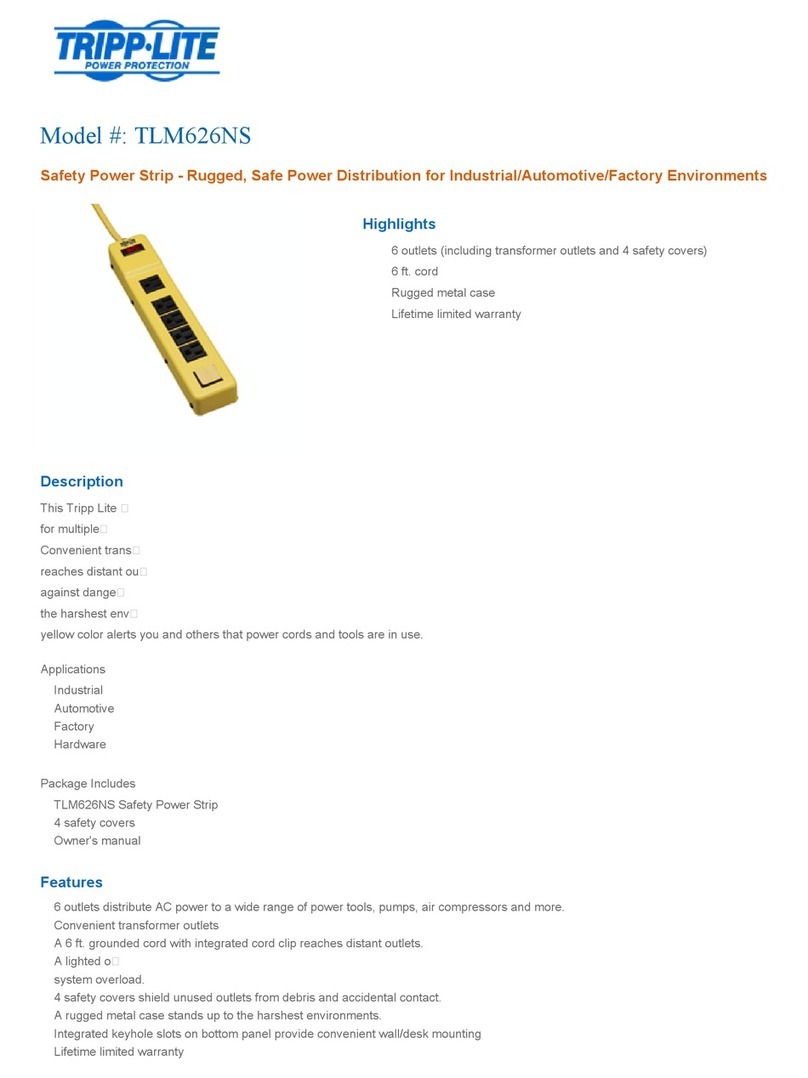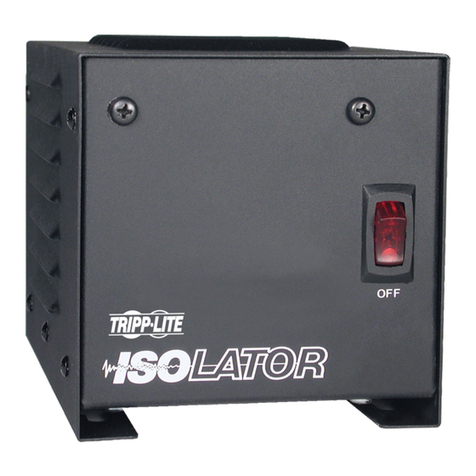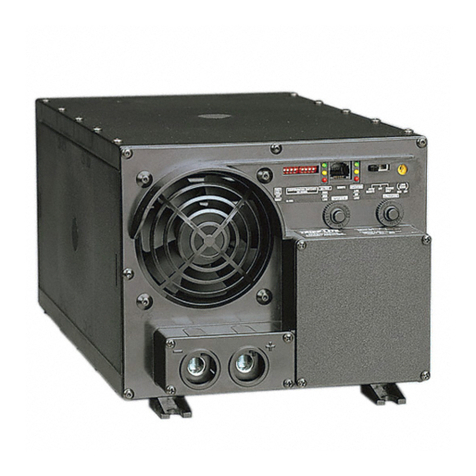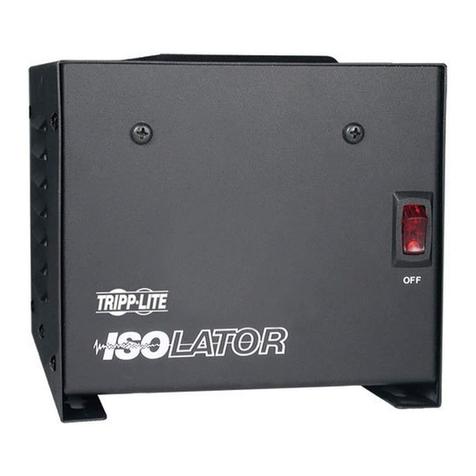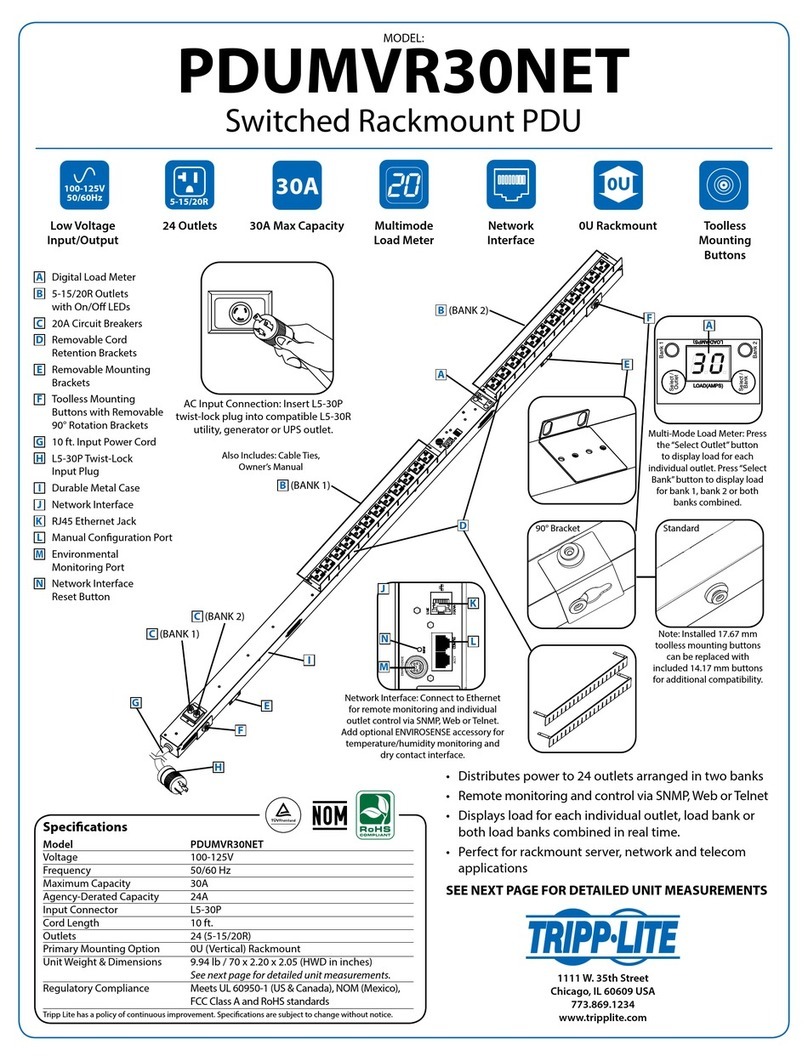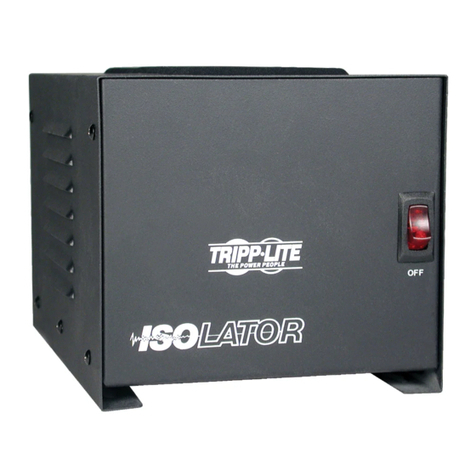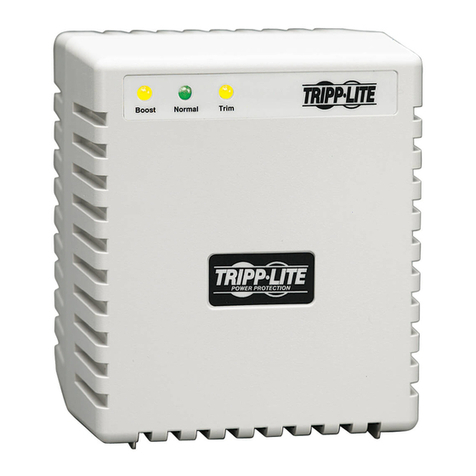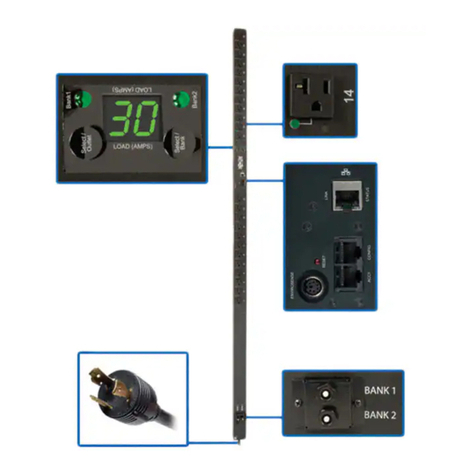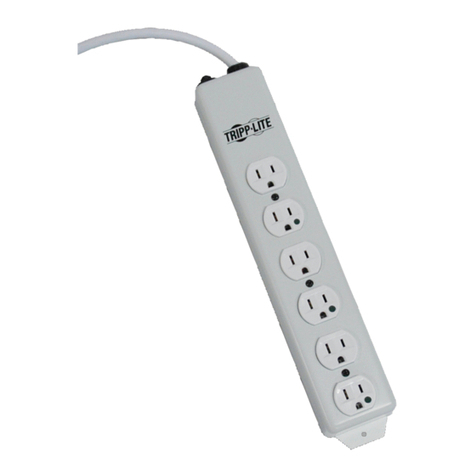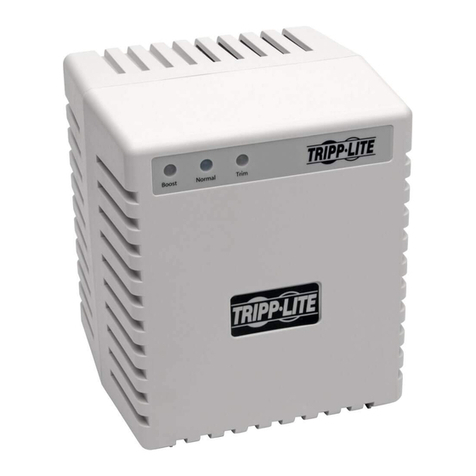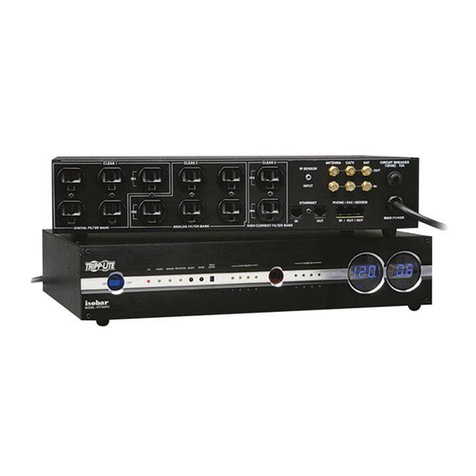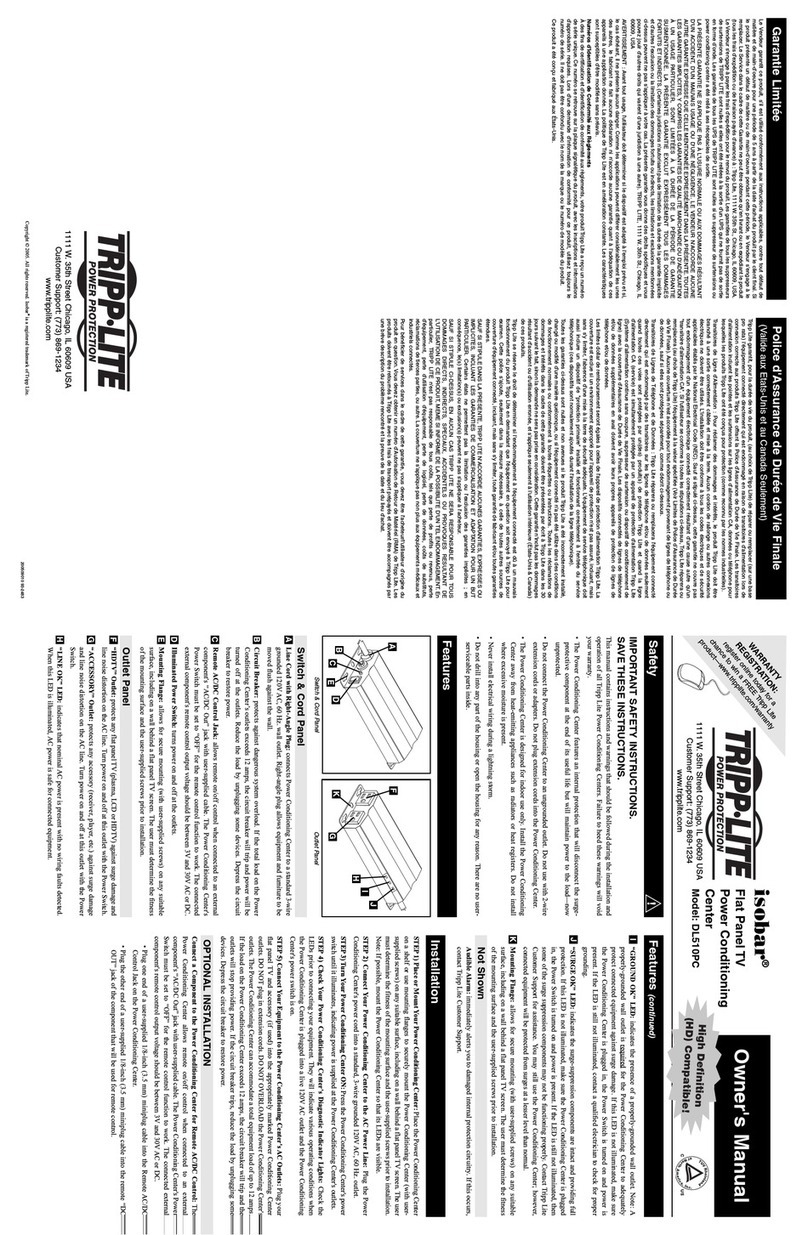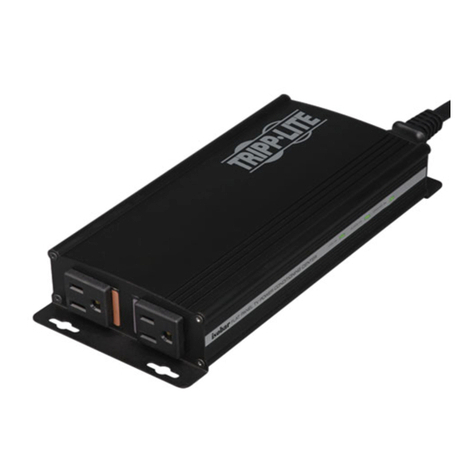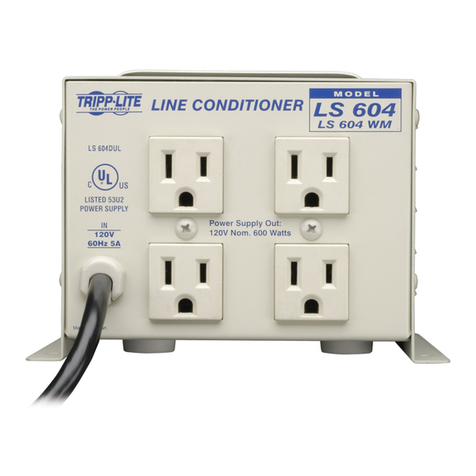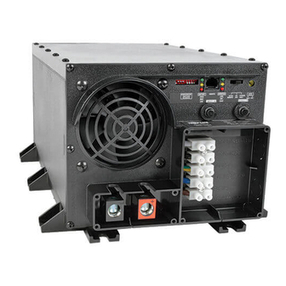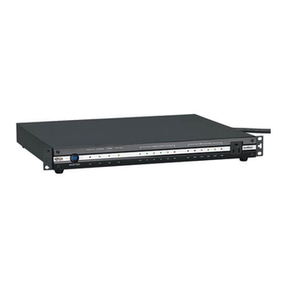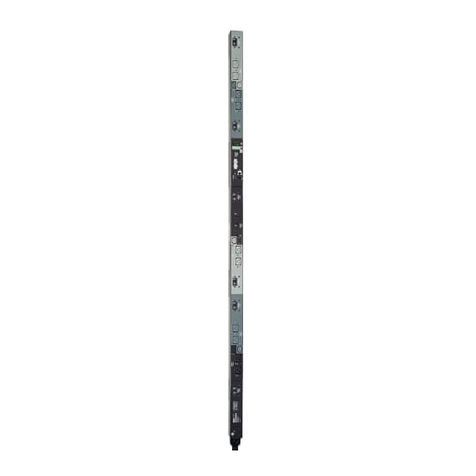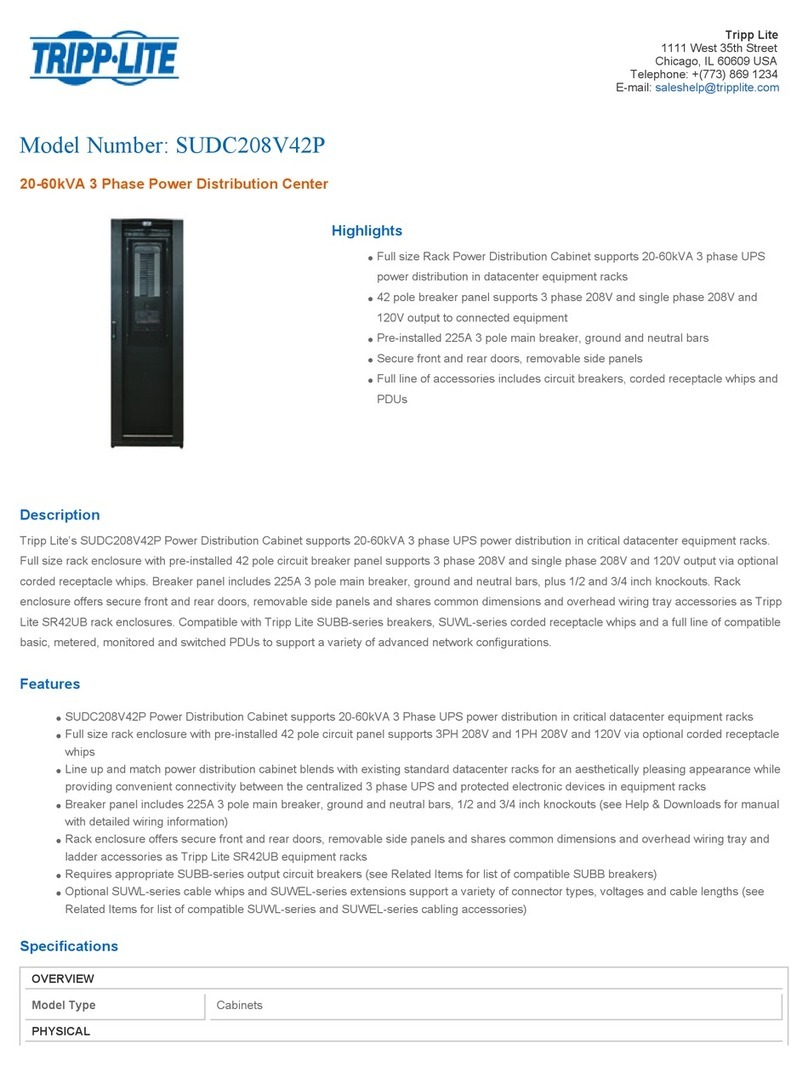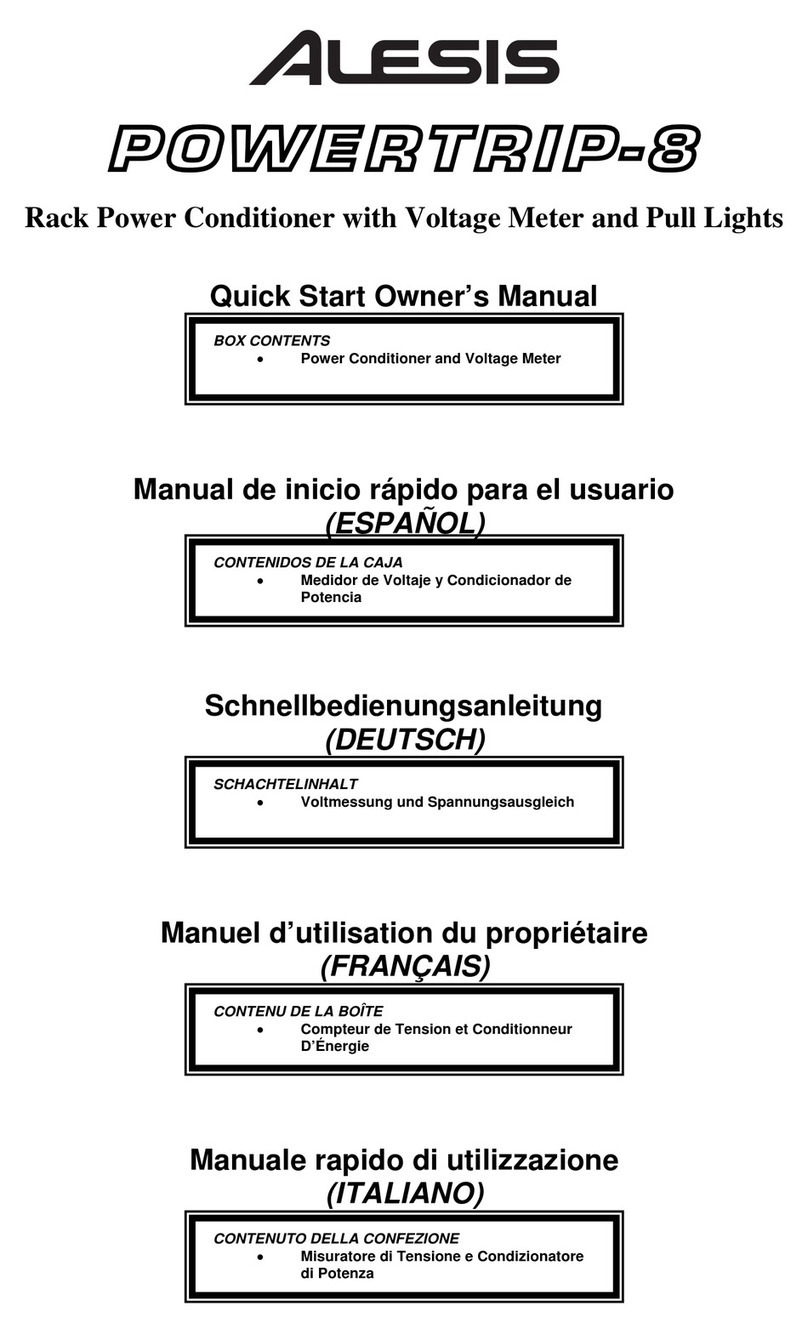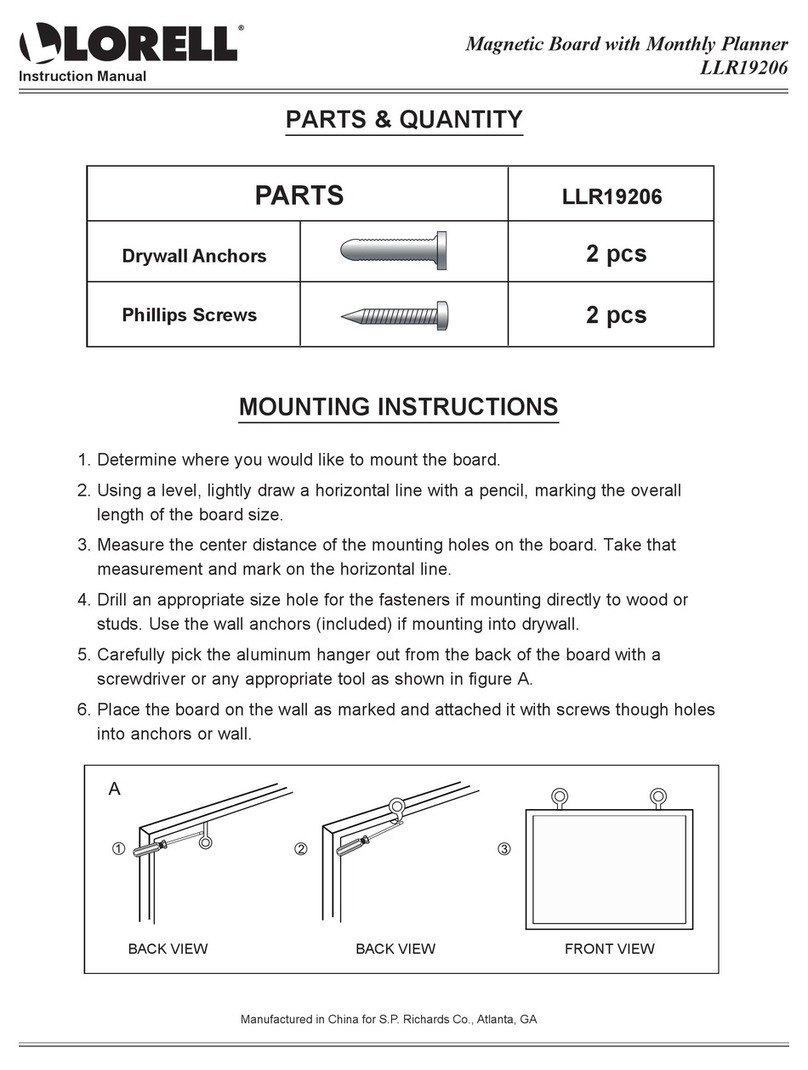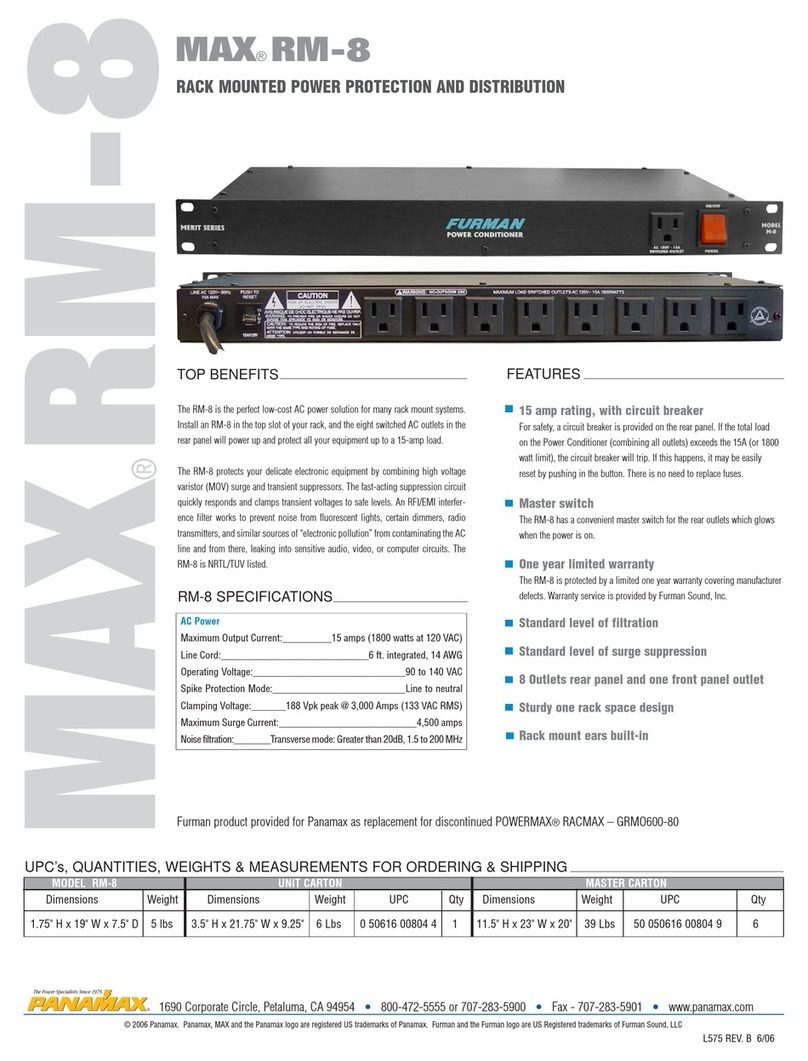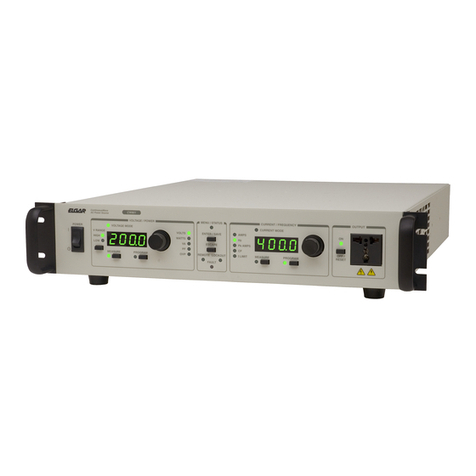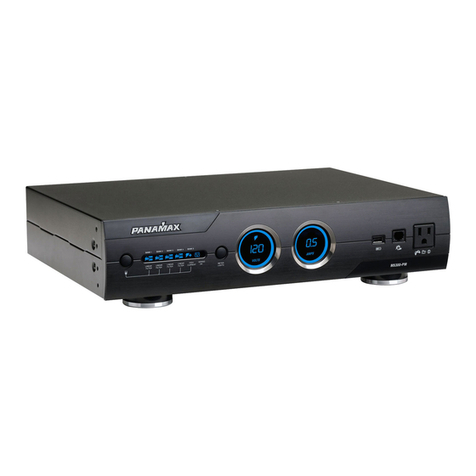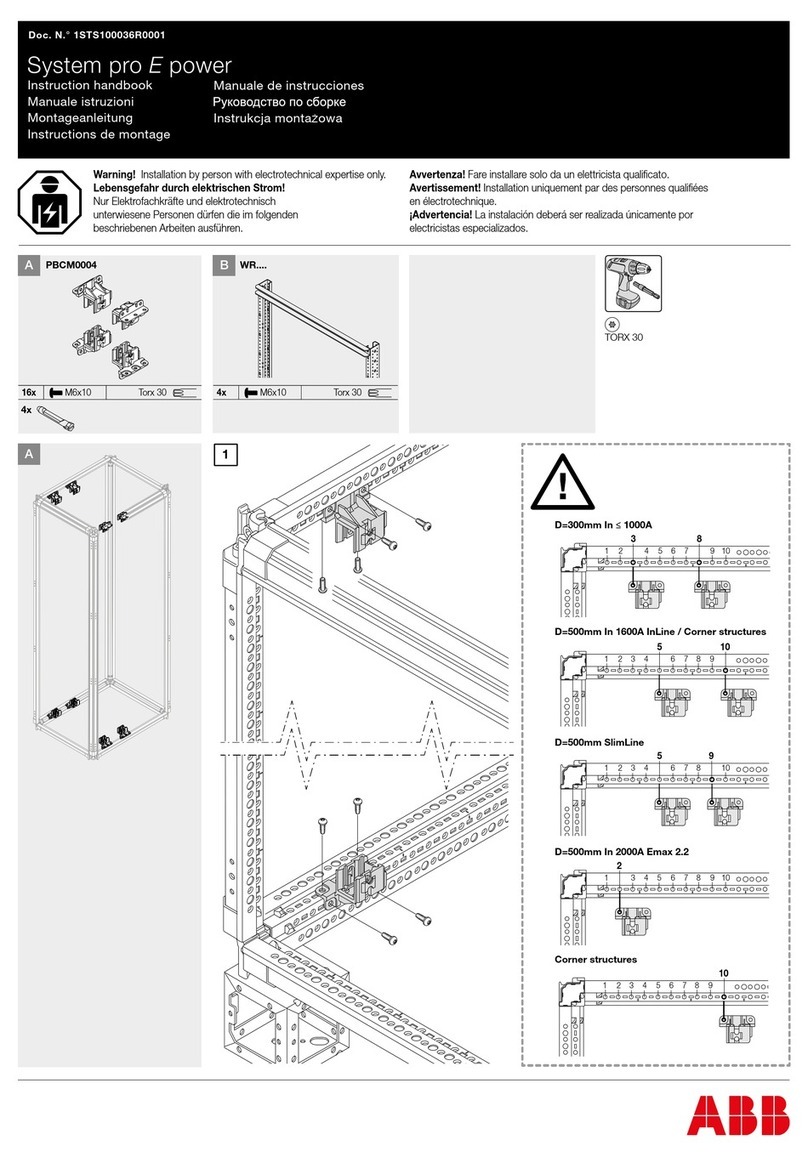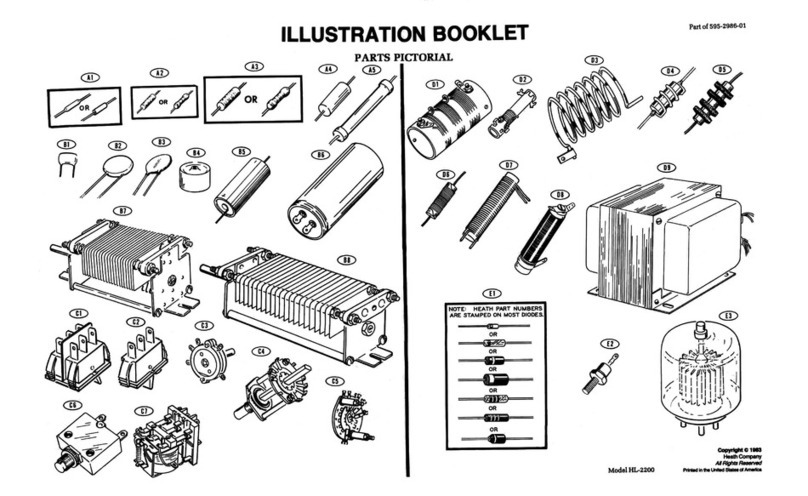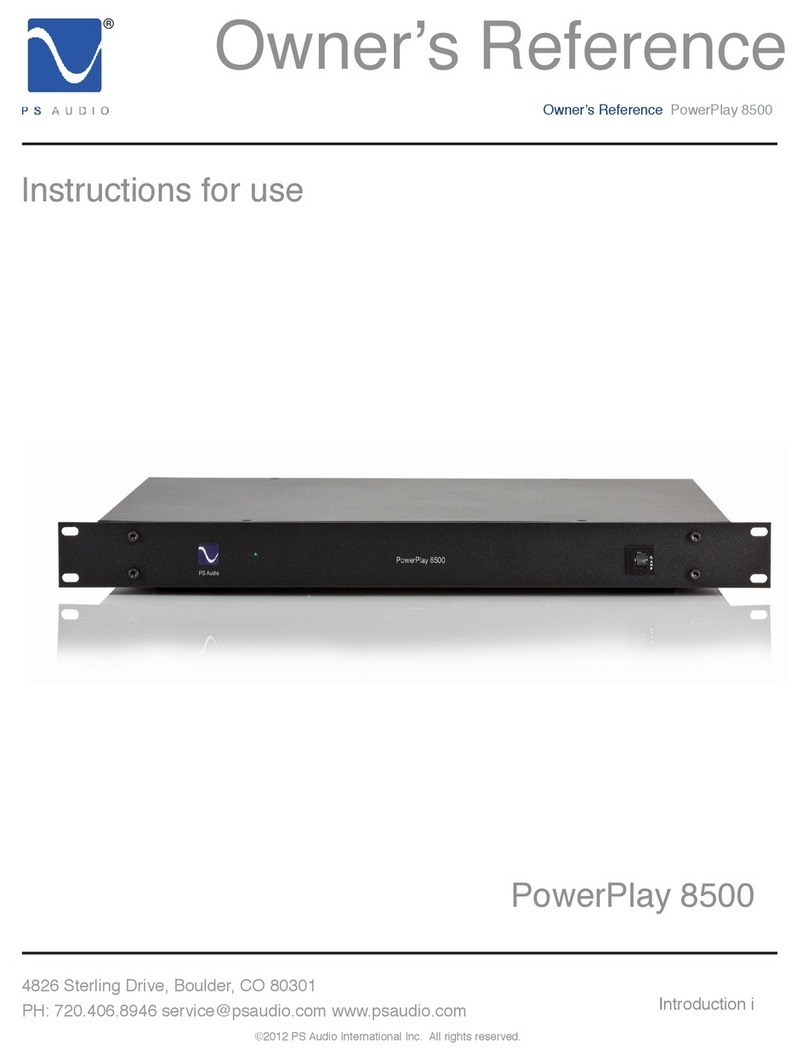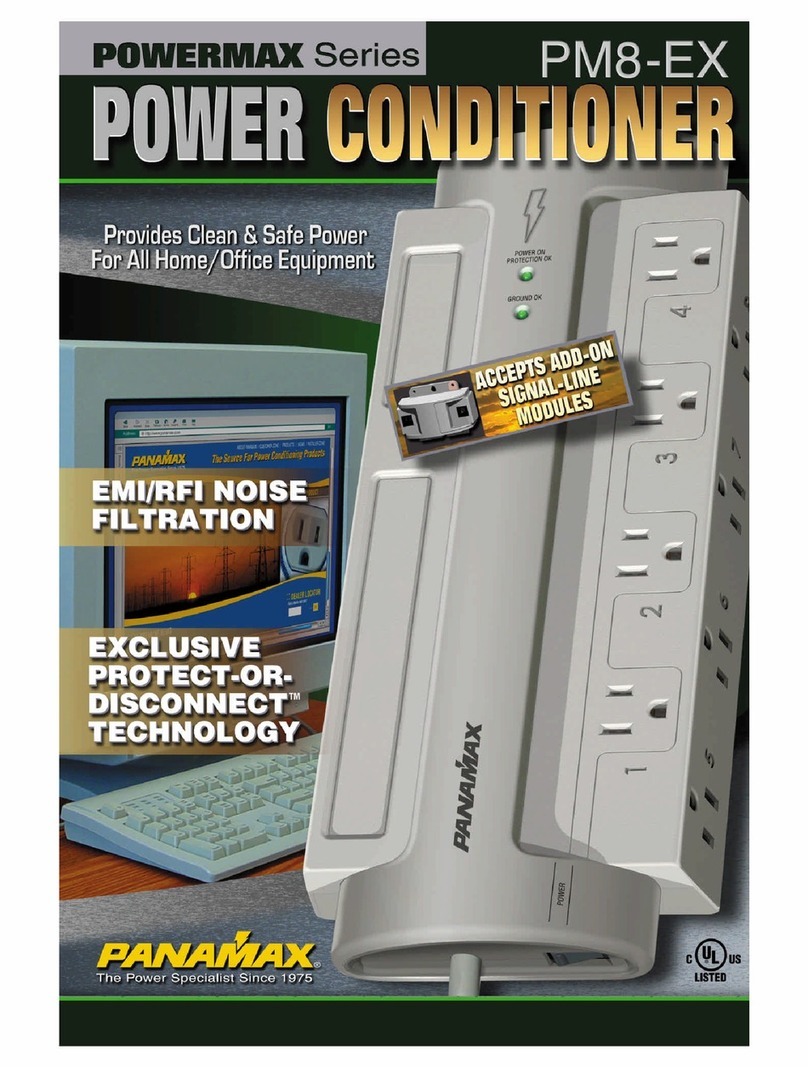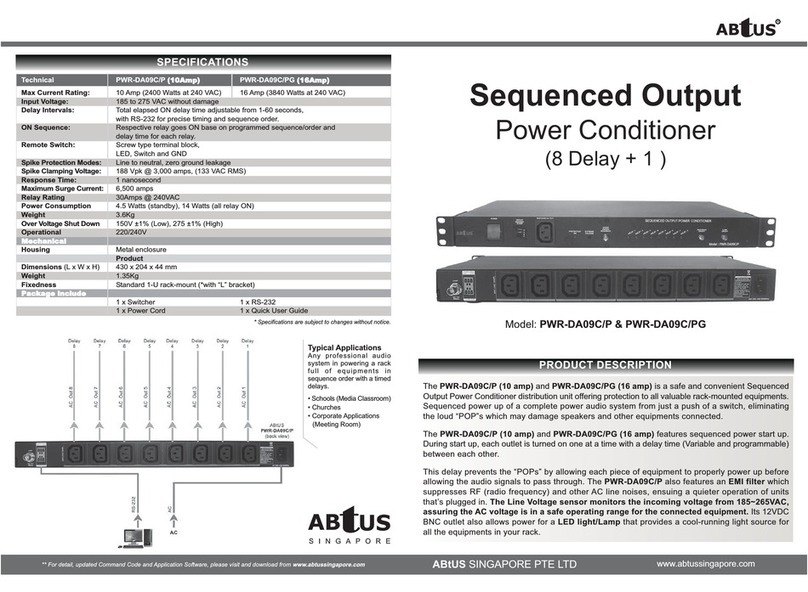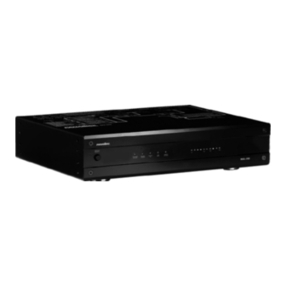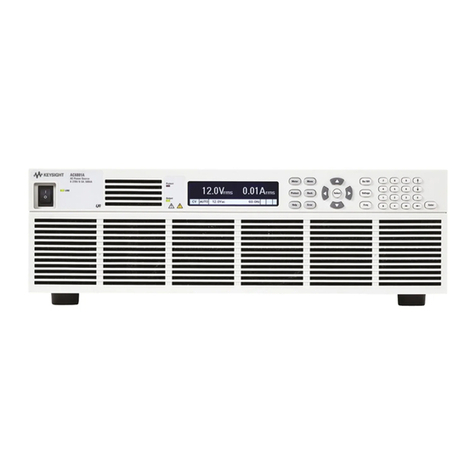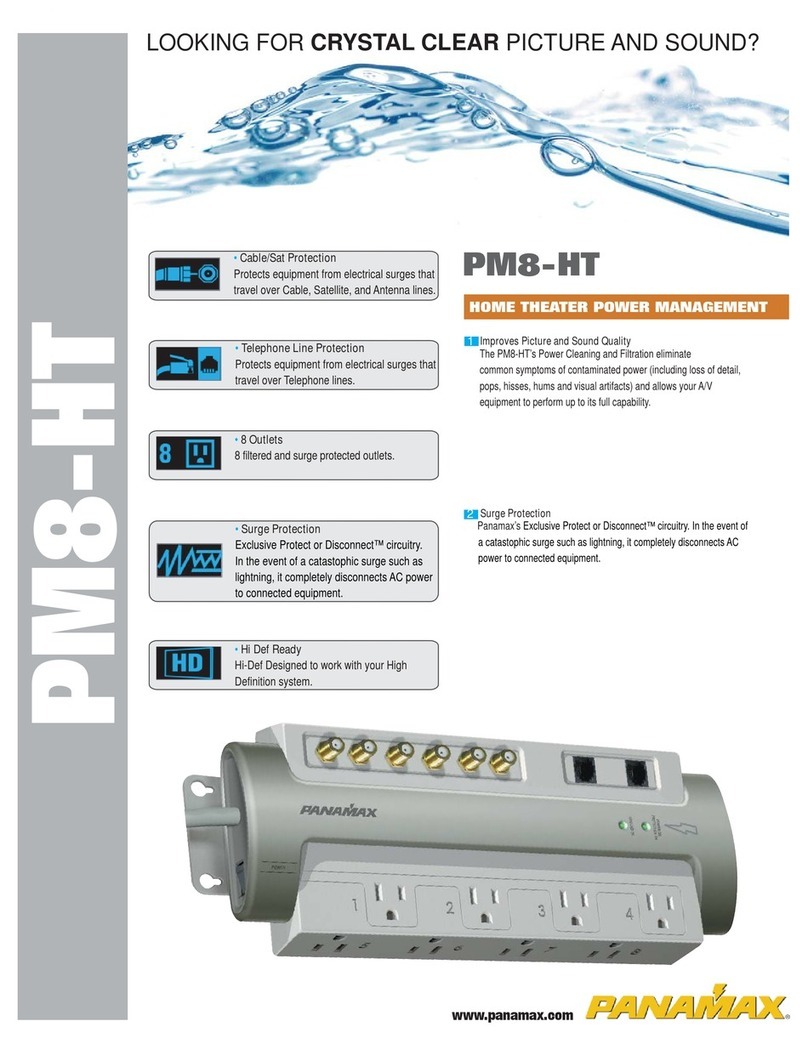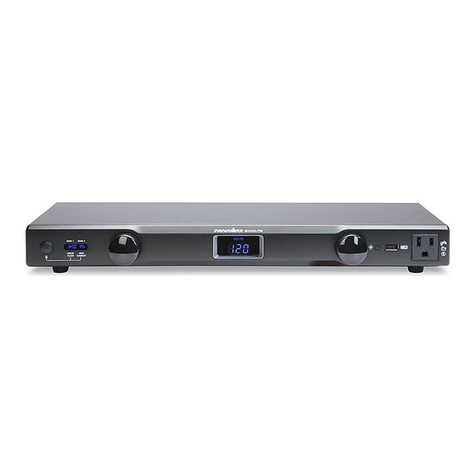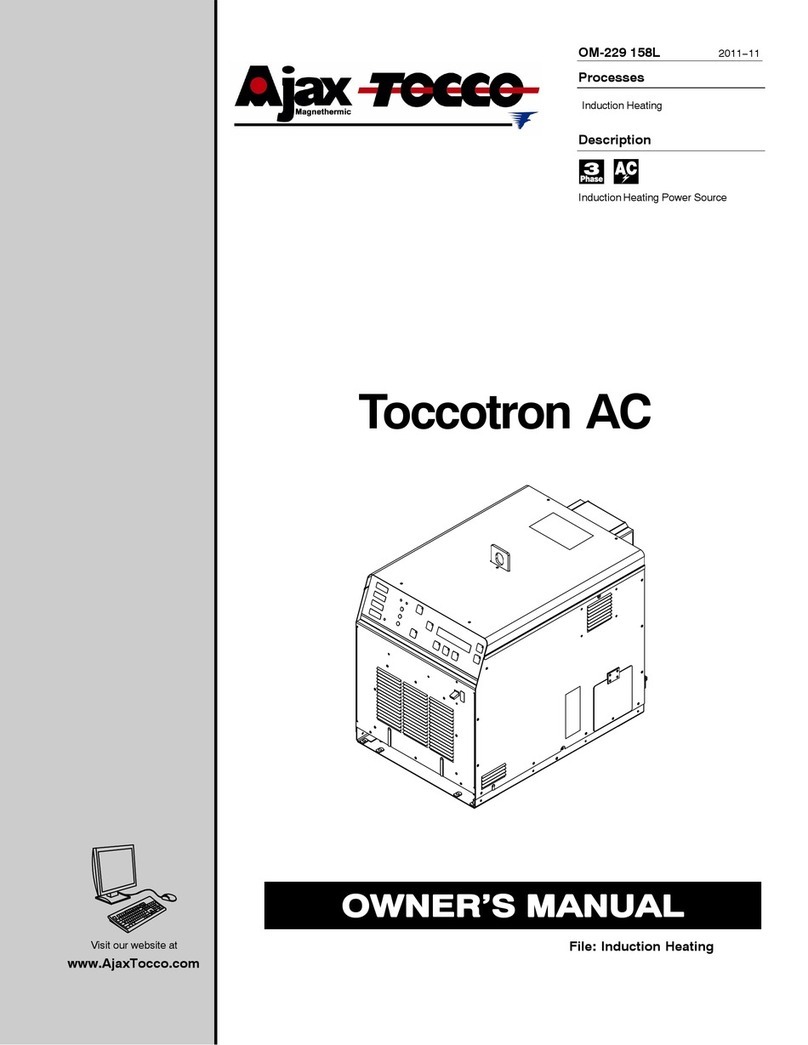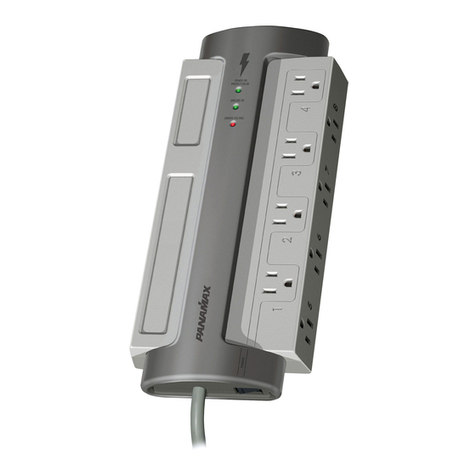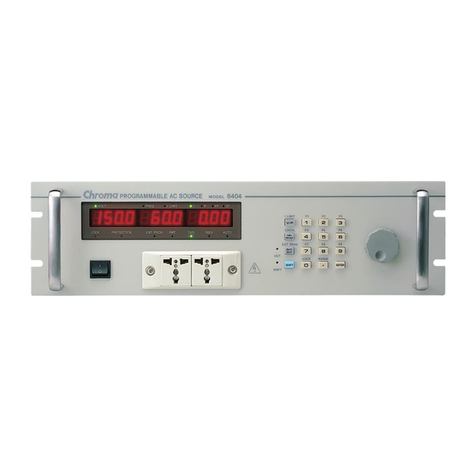1.
Connect your APS's positive
DC
Terminal directlyto a fuse.
UL recommendsthat you install a recognizedUL component fuse block and fuse within 18
inchesof the battery. The fuse's rating must equal or exceed the minimum fuse rating listed
inyour APS model'sspecificationson pages 14or
15.
2
Choose a battery configuration appropriateto your batteries.
Single Battery Connection: Referto Diagram 4, page
33.
When using a single battery, its
voltagemustbeequaltothevoltageof your APS'slnverterNominal lnputVoltage (seespecs.)
ParallelBattery Connection: Referto Diagram
5,
page
33.
When usingmultiple batteries in
parallel, each battery's voltage mustbe equalto
the
voltage of your APS's Inverter Nominal
lnput Voltage (see specs.)
Series Battery Connection: Referto Diagram
6,
page
33.
When using multiplebatteries in
series, all batteries must be equal in voltage and amp hour capacity, and the sum of their
voltagesmustbeequaltothevoltageofyourAPS's lnverterNominallnputVoltage (seespecs.)
"
Use the SHORTEST and HEAVIEST
GAUGE
battery cabling.
Use#4cabling for DCcablelengthsupto 10feet. Use#2cablingfor lengthsupto
16
ft.
Shorter
andheaviergaugecablinglimits DCvoltagedropand allowsfor maximumtransfer of current.'
'APS
models ore ropublc of delivering a much higher worruge ourpur for brief periods oj rime. Wiring should be
configured
ro Wcrhis brief high-currcnr druw. Though your
APS
is u high-eficiency conveners of elecrriciry,
irs
mted
owpw
copmiry
u
limircd by rhc length
ond
gauge of rhc wires m'ngfrom rhc boncry ro rhc
APS.
.,.'
APS systems may permanentlymountedin a car, truck or boatand connectedto draw power
fromthe vehicle's battery.Note: donotconnect
a
24V
or
36V
APS
toa vehicle's battery. There
aretwo main waysto makethis sort of vehicularbatteryconnection.Choose the Basic Connection
if
you are runninglighthandtools or other smallappliancesfor abrief periodof time
(see
Diagram
7,
p.
34).
Choose the Advanced Connectionif you are using your APS to power heavy loads for
extendedperiodsof time (seeDiagram
8,
p.
34).
The Advanced Connectionincorporatesa batteq
isolatorandseparatebatterysystem to providebattery power to your APS while preventingitfrom
draining your vehicle's battery. Note: Depending on your application, you may require more than
12V
Deep Cycle Battery.
h:
Nsw
opd
pur
APS
fmm
an
&mator
wichoul
a
baifq
connecrcd
as
shown
in
Diu#mx
7
or
8,
p.
34
Pzfore AC connection,match the power requirementsof your
equipmentwith the power output of your APS to avoid overload.
When figuring the power requirements of your equipment, do not confuse 'continuous' power
ratings with 'peak' power ratings. Electric motors require more power to turn on ('peak power')
than
they requireto wn continuously.'Peak' power ratingsare usually
2
to
5
times 'Continuous'
ratings.Mostelectricmotorsrequire'peak power' onlywhentheyareturnedon. Theelecbic motors
inequipmentsuchasrefrigeratorsand sump pumps, however. constantly
turn
onandoff according
to
demand.These motorsrequire'peak power'atmultiple,unpredictabletimesduringtheir operation.
8
Hardwired ElectricalConnections
(Allhardwiremodels)
Refertotheelectricalschematic. Diagram
3
onpage
32,
for properelectricalconnectionof hardwired
APSmodels.Consultaqualifiedelectricianandfollowallapplicableelectricalcodesandrequirements.
1)Loosenscrews andremove coverplatefromyour APS's HardwireAC electricalbox. Remove
the knockout covers closest to the desired electrical source and to your equipment.
2) Thread your wires through strain reliefs and through the knockouts.
3)
Connect both input and output ground wires to the ground (green) terminal.
4)
Connect the incoming hot wire to the input hot (brown) terminal.
5)
Connectthe incomingneutralwire to the input neutral (blue)terminal.
6)
Connect the outgoing hot wire to the output hot (black)terminal.
7)
Connectthe outgoing neutral wire to the output neutral (white)terminal.
8)
Tighten and affix strain reliefs. Replace cover plate and tighten screws.
AC lnput ElectricalConnection
(Allcordedmodels)
Plugthe linecord into an outlet providing 120V AC,
60
Hz. power.Make sure that the circuit you
connect your APS to has adequate overload protection, such as a circuit breaker or a fuse.
AC
Output Electrical Connection
(Allcordedmodels)
Simply plug your equipment into the unit's AC receptacles.
Set Operating Mode Switch
1
Switch to 'AUTOIREMOTE" when you are using connected equipment. ADVANTAGE:
Provides battery backup power during blackouts or brownouts.
Note: When the swltch is in the
"AUTOIREMOTE'
position, you can operate a user-
supplied swltch to transfer between battery-backup and chargeonly modes.
(See
Remote Connector description on page
10.)
Switch to "CHARGE ONLY" when you are not using connected equipment.
(WARNING!APS will not providebatterybackup!) ADVANTAGES: A) Continuestochargebattery
when power is present, and 8) Turns OFF the APSs inverter, preventing battery drain during
blackoutsor brownouts.
Switch to "OFFto completely turn offthe APS and connectedequipment or to reset the APS
afterit has shutdown due to overloador oveheating.
